Unknown to many is the fact that Halloween is actually descended from the ancient Hindu worship of the god of death, Yama, and a festival called as Yamadeepam, held each year on Dhanteras day, which falls roughly in the same week as Halloween.
Since the Vedic calendar is calculated based on the moon, the exact date varies each year, between the last week of October and the first week of November. On this day every house keeps a ghee lamp outside of their front door for Yama (the god of death), and this has eventually transformed over thousands of years into the modern pumpkin jack-o’-lantern light we see today in the west.
Prior to the use of the famous orange pumpkins of today, the Celtic traditions of Ireland were to use turnips and other vegetables to make the lanterns. After carving them, they would place burning embers or a candle inside, and this was supposed to provide light for the deceased spirits to be able to return to the earth during a special time when the veil between the netherworld and earth was thin enough for them to travel – provided they had light to cross the darkness.
In the Vedic tradition, on the day of Dhanteras a sacred lamp is placed in front of the house and kept burning the entire night to please Yama, the God of death. This is also called as Yamadeepam. Following Yamadeepam (which is held on trayadashi, the 13th day of the moon), is Bhuta (“Ghost”) Chaturdashi (also called Naraka (“Hell”) Chaturdashi) where one worships the deceased forefathers. On this day one shows fire lights to guide the souls of the departed back to earth, and delivers them from hell through offering of pinda danam (spiritualized food offerings).
Traditionally special grass reeds are used to make a bonfire, and this is known as ulkahasta or ulkadana. It is believed that this giant bonfire of burning grass reeds will be visible to the spirits of the forefathers and show them the way to come back to earth to visit you.
On this particular day the two worlds become aligned, allowing communication and interaction between the living and the dead – provided they are shown light to cross the vast darkness in between the two realms. This tradition of burning grass reeds for the forefathers still exists and is followed in many villages in India, though people in the larger cities have forgotten it. You can see an example of ulkadana (burning grass reeds for the forefathers) in the video above.
A similar tradition was followed by the Celtic people during a festival known as Samhain, where giant bonfires were lit on the night of October 31st. It is believed that this festival of Samhain later evolved into the modern festival of Halloween. The importance of this festival to the spirits of the forefathers is illustrated by the fact that some Neolithic tombs in Ireland were aligned to the position of the sunrise on the morning of Samhain. During the festival of Samhain the burial mounds were opened, and offerings of food and drink were made to the spirits of the forefathers, just as we offer pinda danam (spiritual food offerings) to the forefathers on the day of Naraka Chaturdasi.
In the Christian religion on November 1st or 2nd they observe “All Souls’ Day”, wherein they pray for the departed souls of the forefathers by lighting candles on their graves and offering food. They also pray for those who are in purgatory for deliverance, similar to Naraka (“Hell”) Chaturdashi, where Hindus deliver their forefathers who may be in hell by offering them sanctified food (pinda danam) after guiding them to it with lights (ghee deepams and burning of grass reeds).
Even the use of the pumpkin and turnip has its origins in Hinduism. White ash gourd deepams (oil lamps) are a traditional offering in South Indian temples, especially for ferocious forms such as Bhairava and various goddesses. The white ash gourd is also used as a type of “bali” (animal sacrifice), offering it in the place of real animals (thereby causing no violence), with the pumpkin often being painted with the face of an asura (demon), and red sindhur smeared after cutting it to represent blood.
The ancient Vedic worship of Yama (the god of death), the forefathers, the spirits, etc., through the offering of sacred ghee lamps and bonfires of grass reeds to guide the spirits of the forefathers, has transformed through thousands of years to become the modern festival of Halloween in the west.
If we look at some of the older rituals of Halloween in various places, there have been the same customs of lighting candles and bundles of hay to guide the dead souls with light, as well as leaving plates of food for the dead relatives. These are the same customs as ulkahasta (burning jute reeds to show light), yamadeepam (keeping a ghee lamp burning in front of your house the entire night), and pinda danam (food offerings for the dead to deliver them from hell) held during the same period by Hindus going back thousands of years. All of this shows that originally in ancient times there was one spiritual culture spread throughout the entire world.
TEST-2
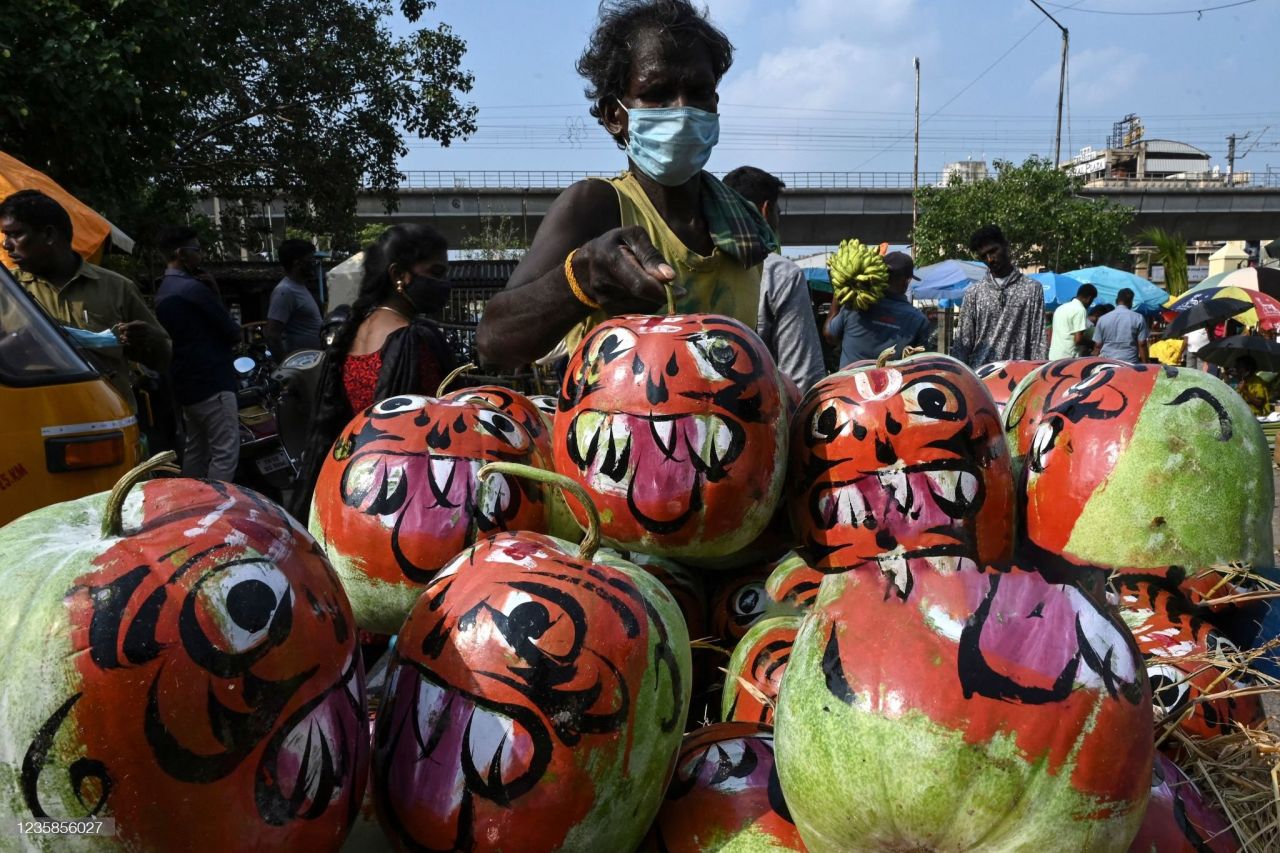
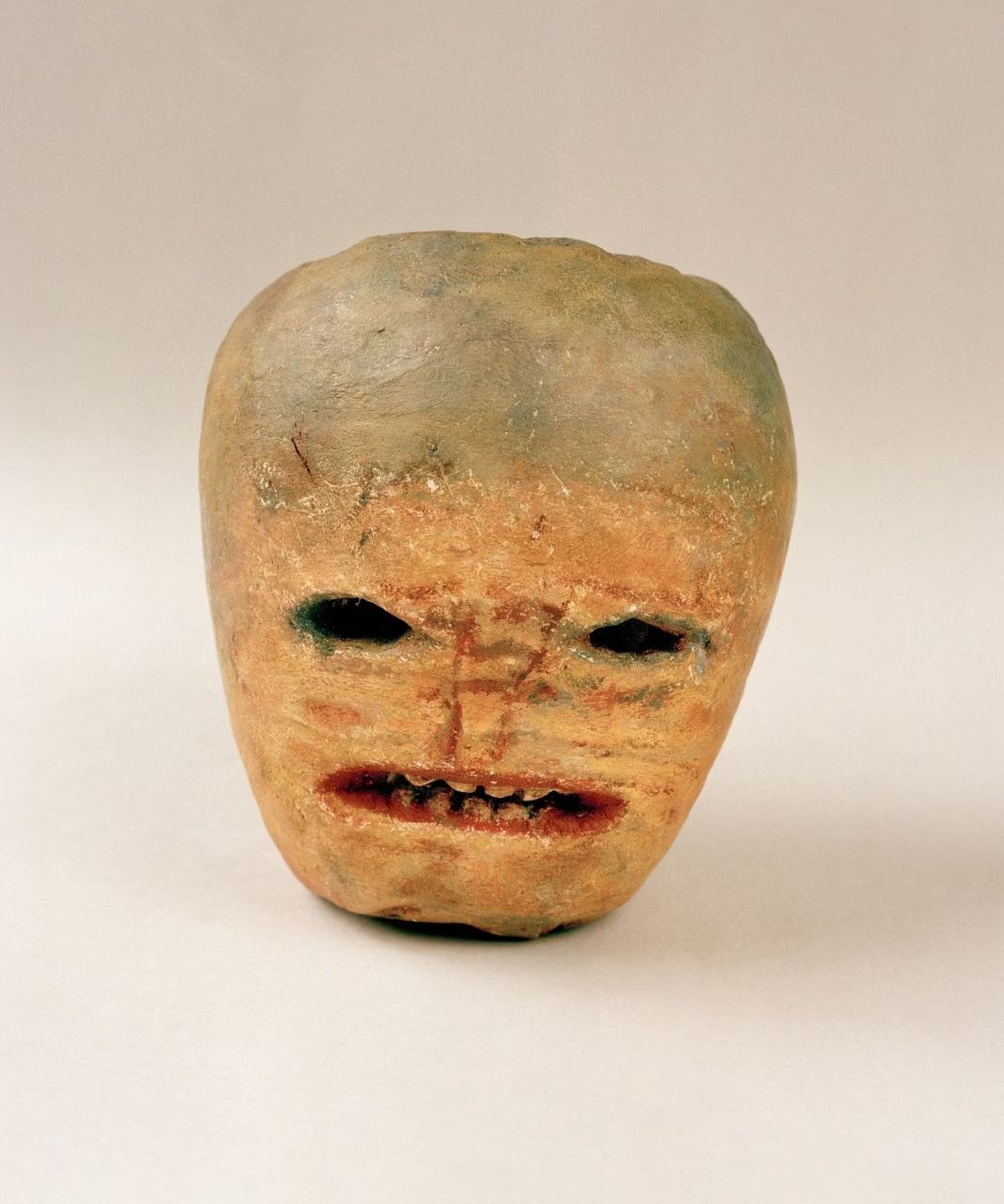
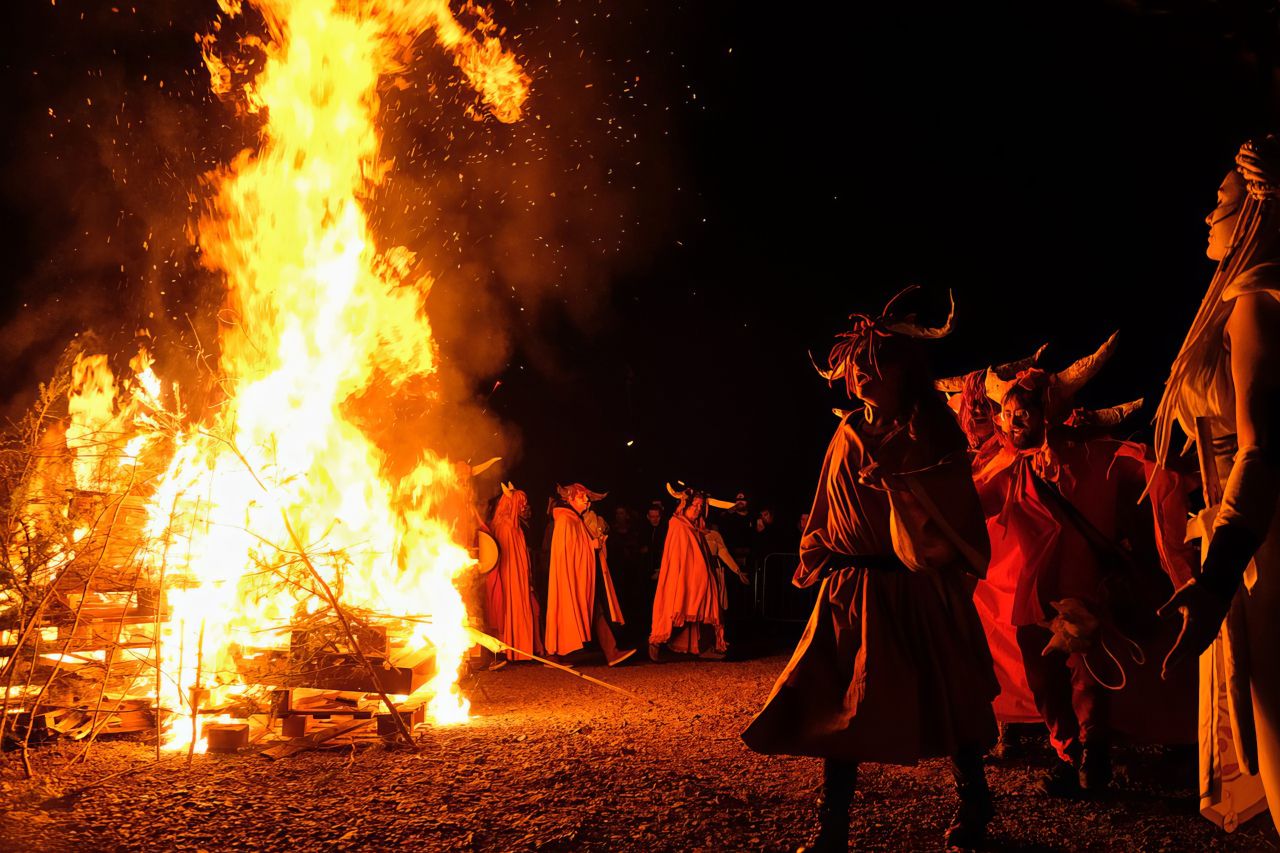
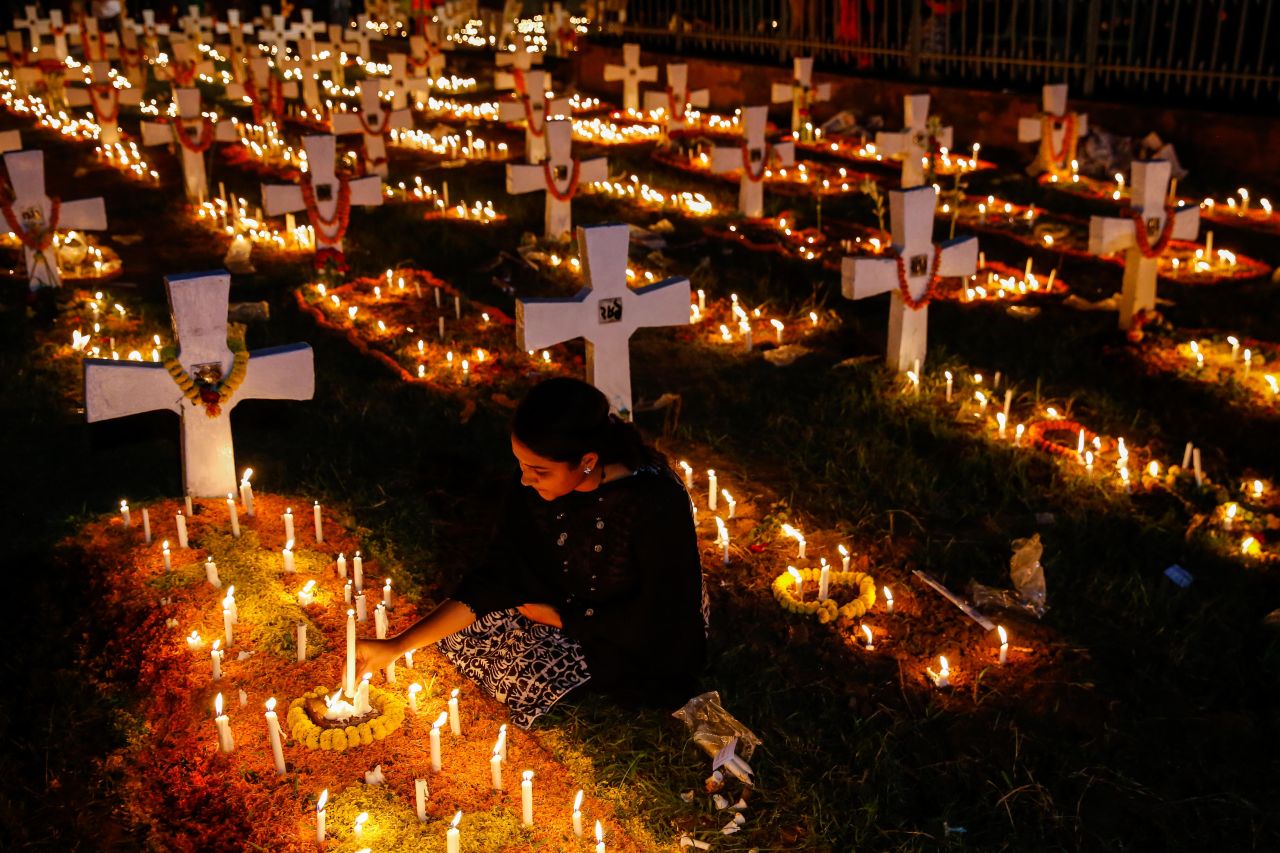
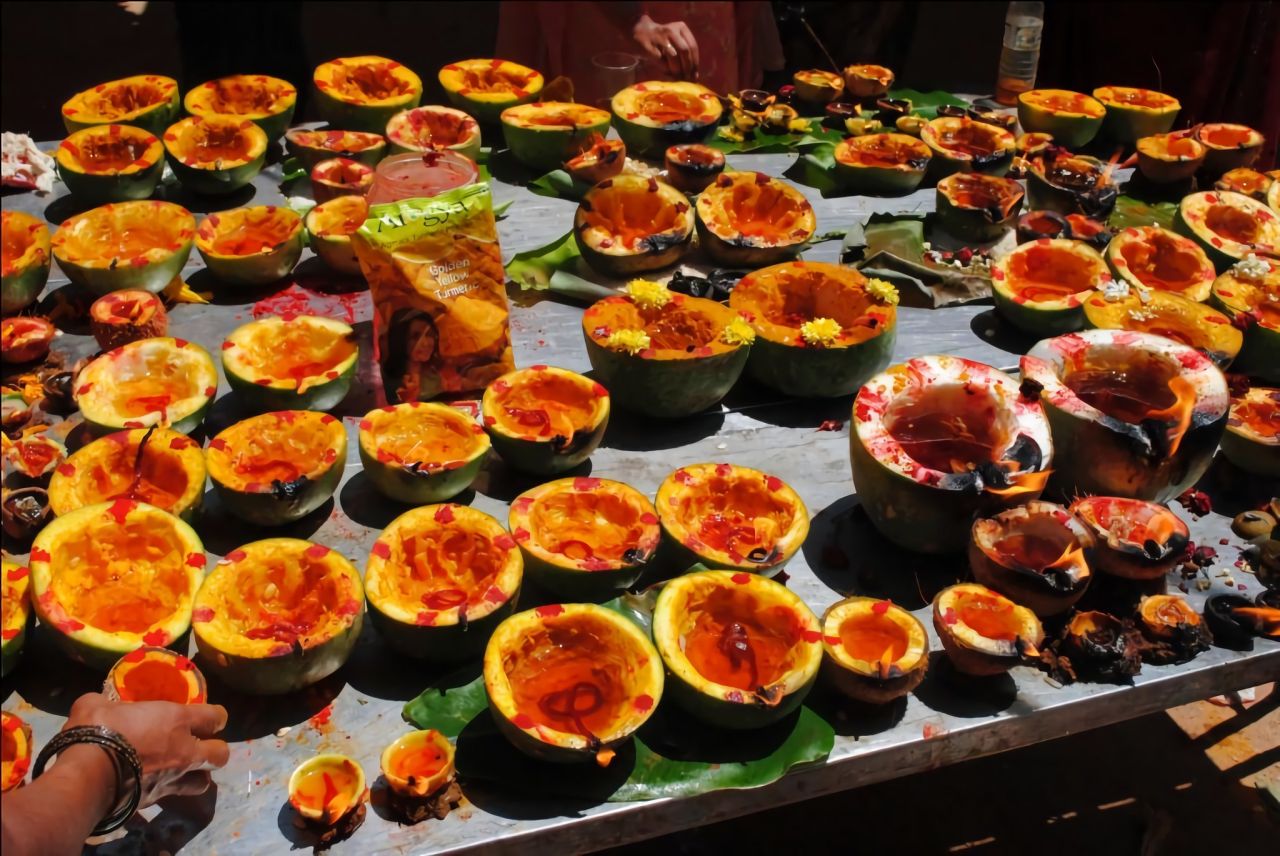
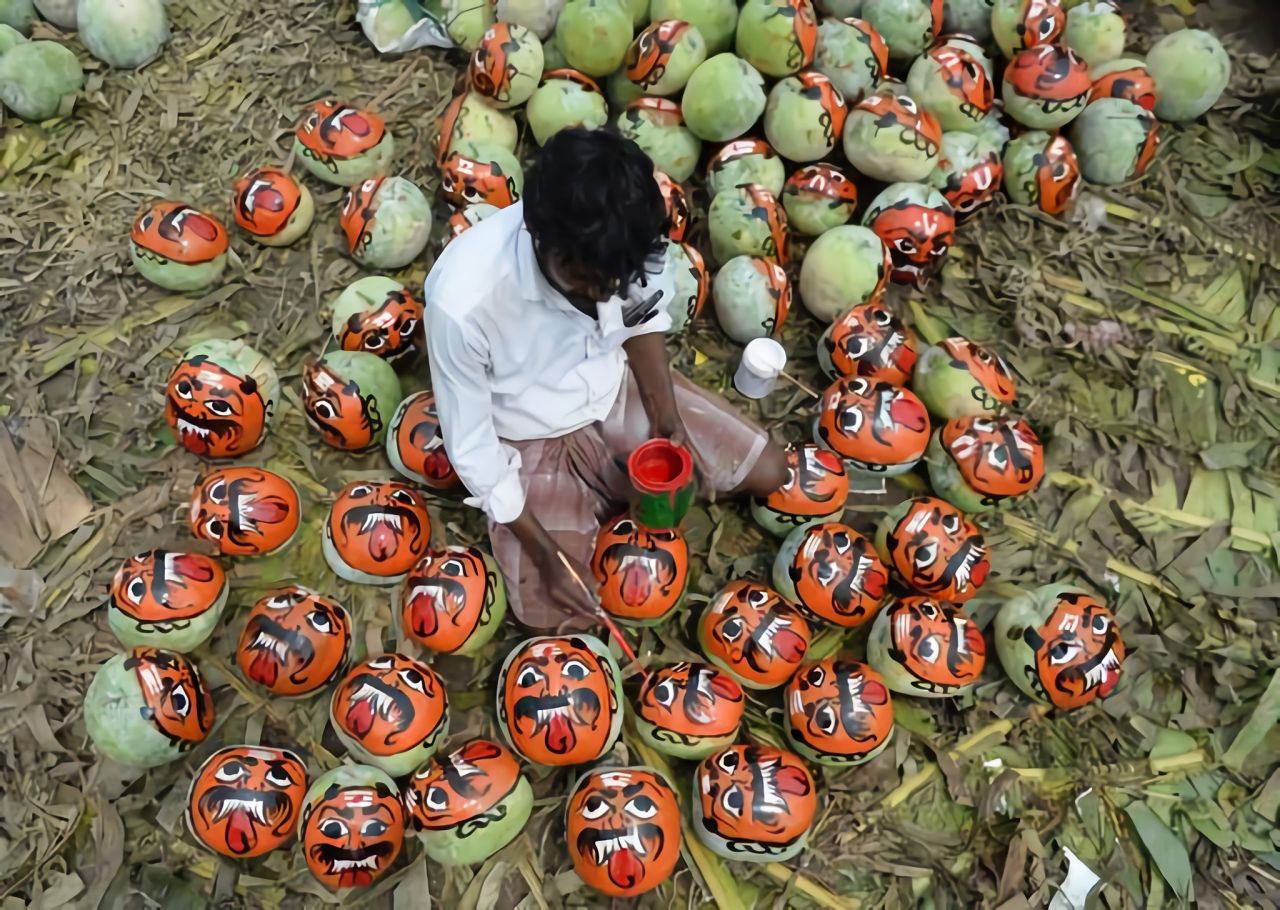
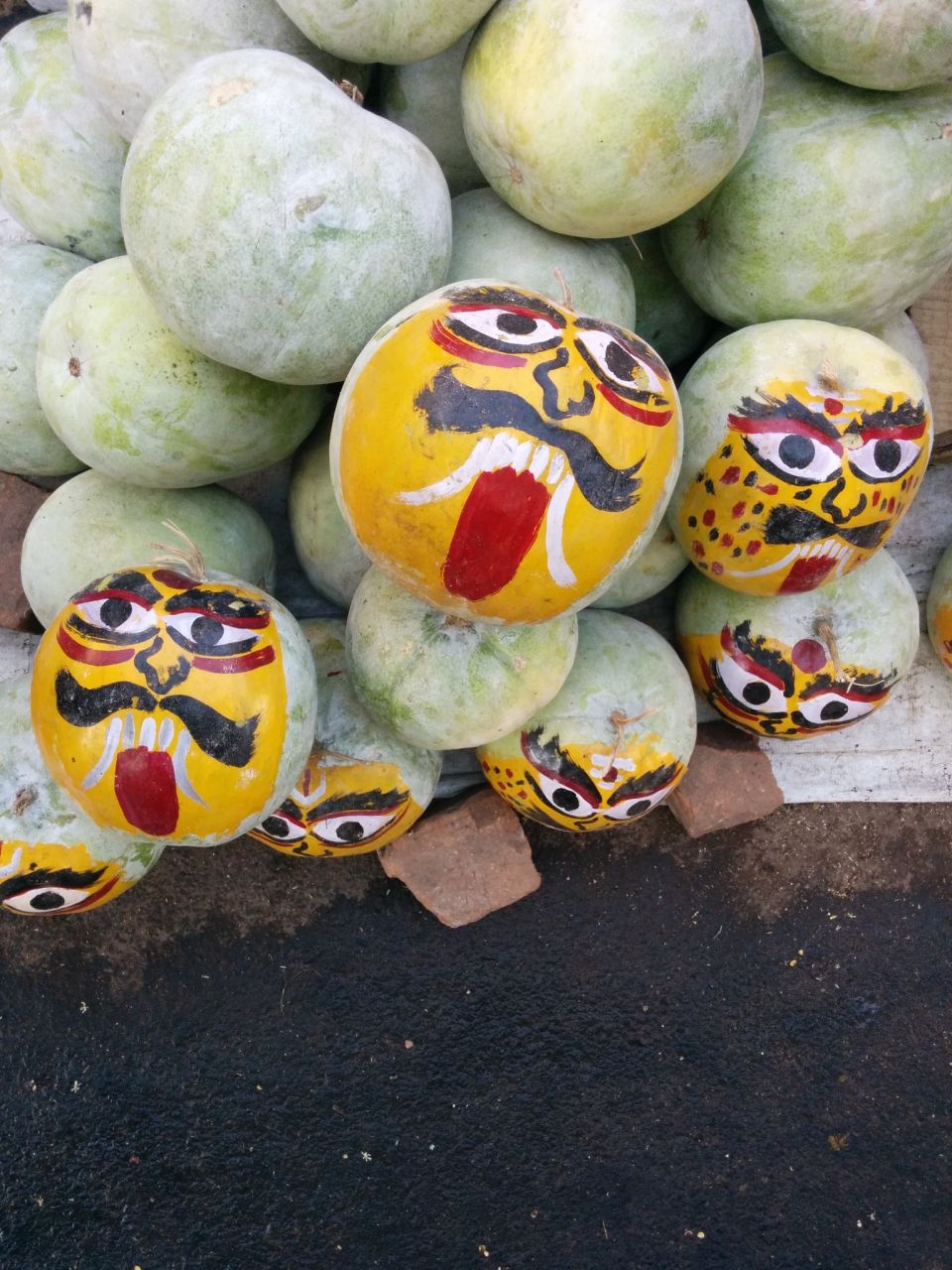
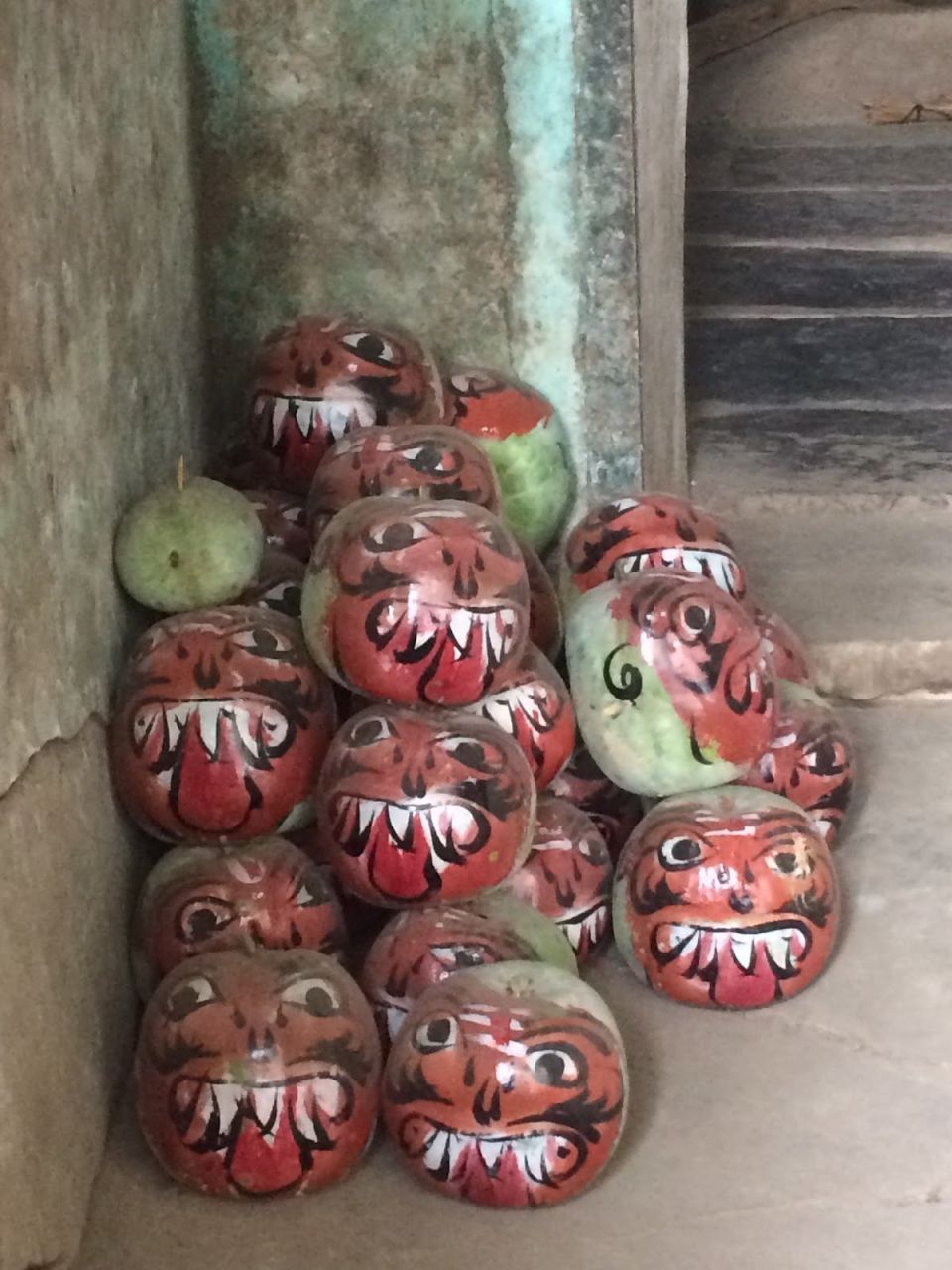




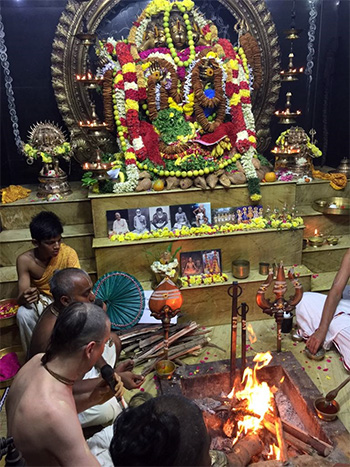
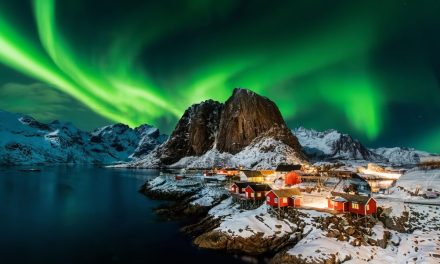
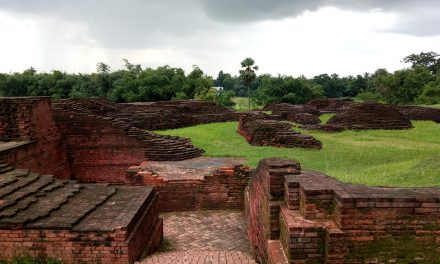
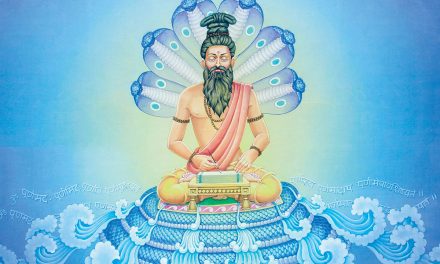
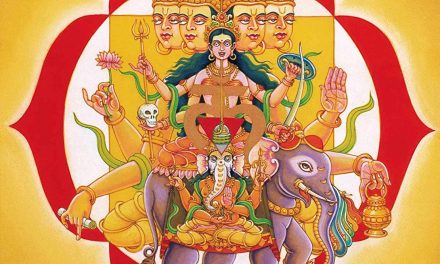
Om Yamay Namah !!
In the years above the Kurukshetra War the world turned to the men to show off that they are the real beings that are the Gods. That was the time when the Gypsies left northern India to travel to the world’s ways that say that the Halloween that is Irish was the Halloween that was theirs. They are the reason the Yamadeepam turned to the Samhain. The WE are the women and men that are there on the Other Side where the Spirits of the “dead” are aliver than the children of the world that think that living is the way to the regarding the WE as the world that isn’t real.
The WE are there to deliver this message from themselves, the beings still there today November 9, 2023. The WE are the children that want all women and men to contemplate that the richest real big wealthy individuals sent the Baul Singers on the road to erase the untouchables to the real charges that the real big news that I am channeling this message is.
The Gypsies of Ireland were the many Vedicly trained women and men that went to the Emerald Isle to live for the permanency that the very beautiful naturally born to the Irish world where too the Scandinavians met the world where the Gypsies fly off the handle when they hear that Oman is the home to the millionaires today thanks to the oil industries.
Rajasthan isn’t the only home to the untouchables that dance the dances that say that the Gypsy legacy is Irish-Indian. That is the way to transporting to both America and to Australia the world that was them. That was the British that took command.
The animals were the pilots. That was the way to return to cows as sacred. The oxen and cows turned the American continent to the nothingness that it is now. But the harboring the resentment for the cowboys that too stole the land of the Indians of the American world too shows that the animals knew they were the leaders.
The WE love India Divine. And the WE are gracious toward the Bhaktivedanta Ashram for the beautiful post this is. Thanks.
It is so inspirational whenever I read Indiadivine articles. I am half blind, raised as a roman Catholic, but secretly practise Vedas, Vaishnavism to be precise.
I am sorry that I am born in this age, not in miniature Golden Age of nowadays Kali Yuga which will come for about 100-150 years in future.
Wonderful article, I appreciate hearing about current ideas rooted in Vedic knowledge. I would also appreciate being able to communicate with Veliki Slon.
We also offer , remember all ancestors during Malaya pasha.